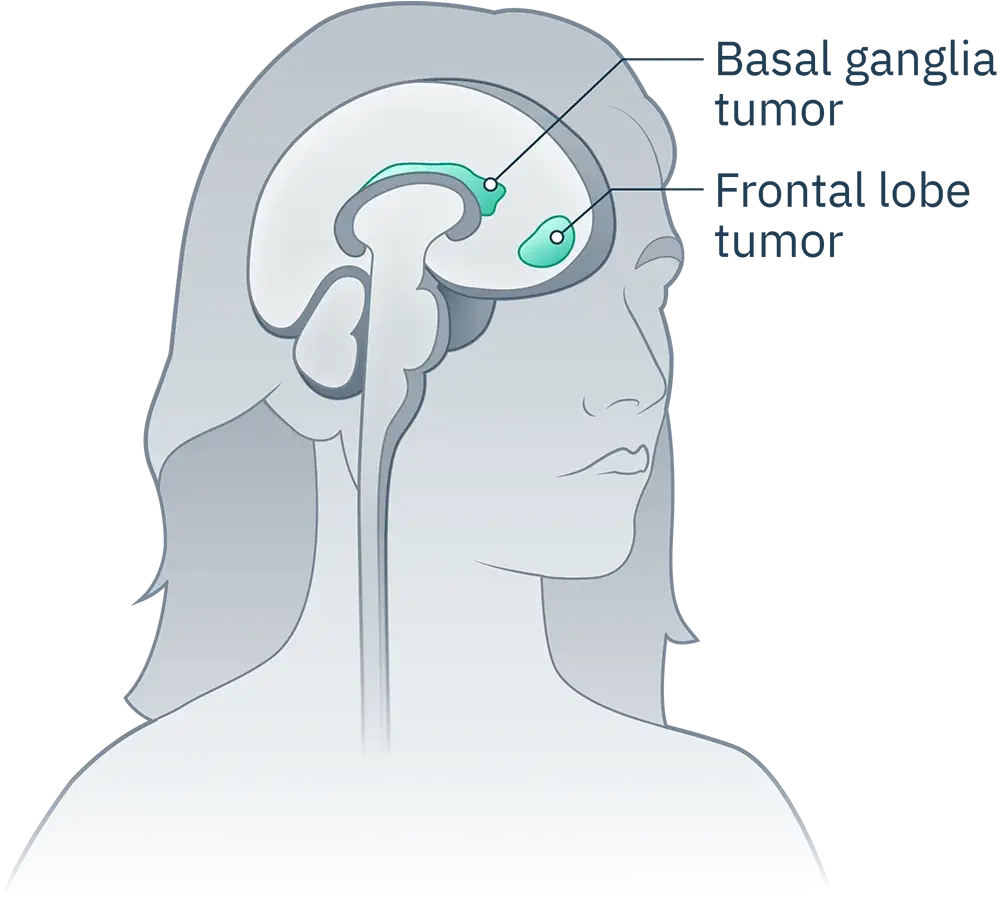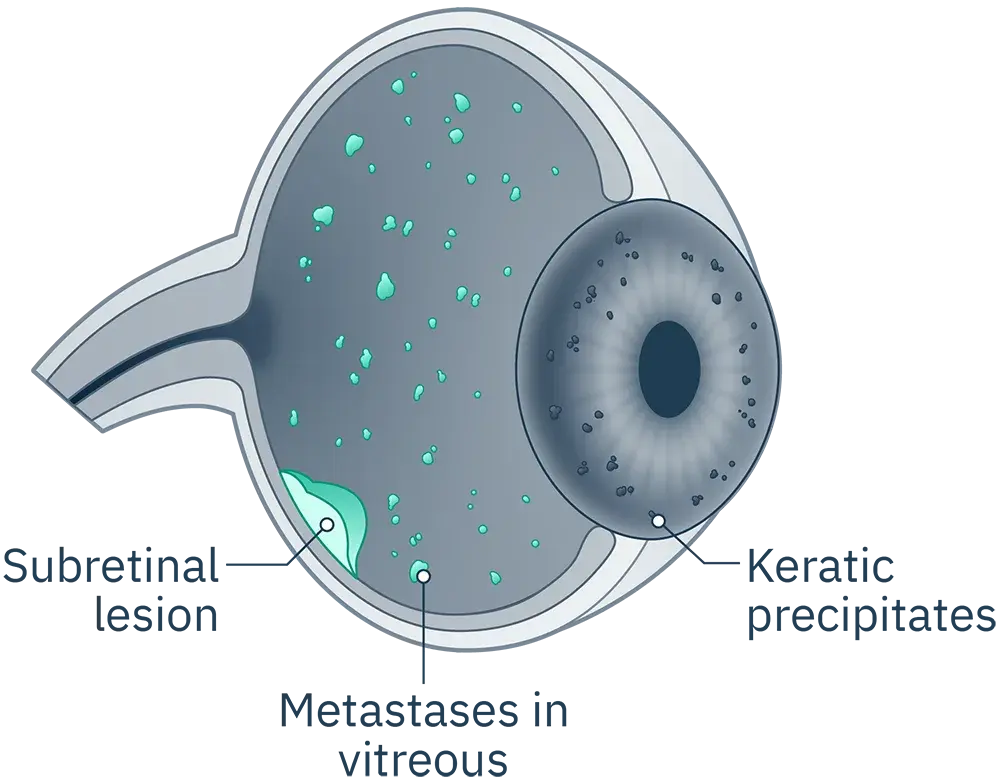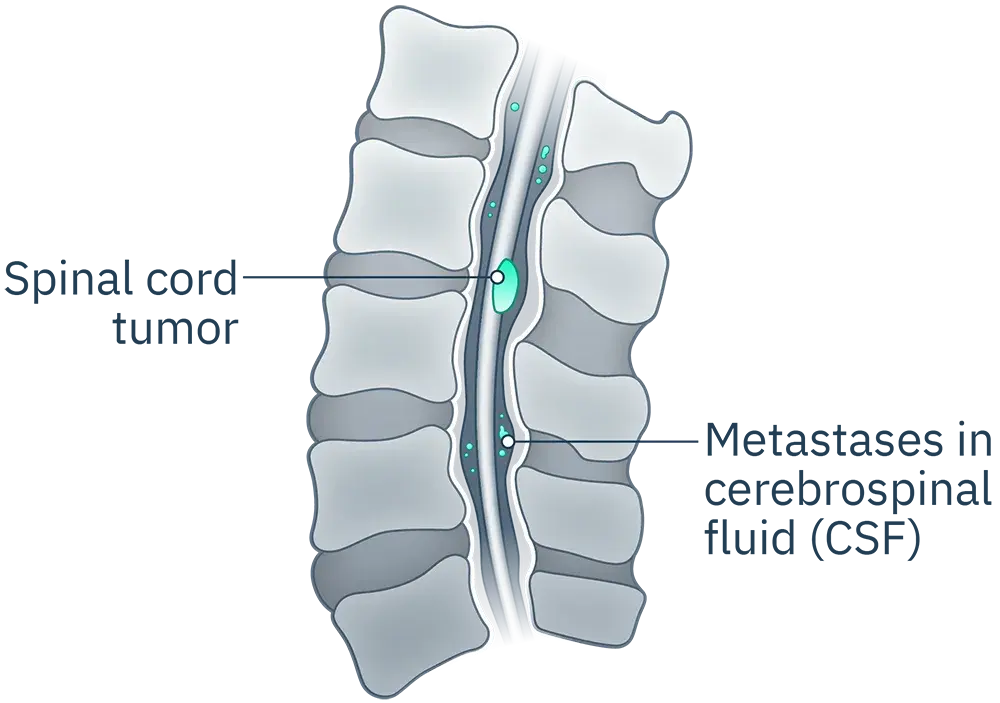Lymphoma of the central nervous system, known as primary CNS lymphoma or PCNSL, represents a rare and aggressive subset of non-Hodgkins lymphoma.(1-3)

Typically confined to the brain, spinal cord, cerebrospinal fluid, leptomeninges, and eyes with no evidence of any disease outside the CNS,2 there are currently no therapeutic products specifically approved for PCNSL.
PCNSL etiology4> is unclear and largely undefined, similar to other types of rare brain cancers.2 However, the most common cause is acquired or congenital immunodeficiency and PCNSL has been associated with autoimmune diseases such as rheumatoid arthritis, systemic lupus erythematosus, and sarcoidosis.2,3




Historically, prognosis for patients with PCNSL is dismal, with a a 5 year survival rate of approximately 30%.
Systemic lymphomas are always treated with anthracyclines. However, anthracyclines cannot cross the blood brain barrier and therefore cannot be used to treat primary lymphomas of the CNS. Berubicin is able to cross the blood brain barrier and as an anthracycline is being used in a clinical trial for this disease.
Clinical Presentation of PCNSL
The signs and symptoms presented in patients with PCNSL vary depending on the neuroanatomical site of the lesion, and include cranial neuropathy, neuropsychiatric symptoms, symptoms associated with increased intracranial pressure such as seizures, ocular symptoms, headache, dysmotility, cranial neuropathy, and radiculopathy.4,5
Current Treatment for PCNSL
Systemic lymphomas are always treated with anthracyclines. However, anthracyclines cannot cross the blood brain barrier and therefore cannot be used to treat primary lymphomas of the CNS.
High-dose methotrexate based regimens are widely used for newly diagnosed patients with PCNSL as the front-line treatment.3,4 Despite recent progress resulting in the improvement of clinical outcomes in newly diagnosed patients with PCNSL, approximately 20 to 30% of the patients are refractory, and up to 60% of the patients will eventually relapse.6 For patients with relapsed or refractory PCNSL, there is no currently established standard of care in the U.S. and data guiding therapeutic approaches are very limited.
A new treatment option is desperately needed for patients with PCNSL. Since Berubicin is an anthracycline and able to cross the blood brain barrier, it will be studied in a clinical trial for this disease.
Facts About PCNSL
Prevalence is higher in elderly populations aged 65 years and older.
Estimated annual incidence rates of PCNSL is 7 cases per 1,000,000 people in the U.S.
Relapse is common and 5-year survival rates stand at only 30-40%.
References
- 1. Green K, Hogg JP. Central Nervous System Lymphoma. In: StatPearls. Treasure Island (FL): StatPearls Publishing; June 27, 2022.
- 2. Mullangi S, Lekkala MR. CNS Lymphoma. In: StatPearls. Treasure Island (FL): StatPearls Publishing; November 8, 2021.
- 3. Scheichel F, Pinggera D, Popadic B, et al. Front Oncol. 2022;12:884724.
- 4. Villano JL, Koshy M, Shaikh H, Dolecek TA, McCarthy BJ. Age, gender, and racial differences in incidence and survival in primary CNS lymphoma. Br J Cancer. 2011 Oct 25. 105 (9):1414-8.
- 5. Calimeri T, Steffanoni S, Gagliardi F, Chiara A, Ferreri AJM. ESMO Open. 2021;6(4):100213.
- 6. Grommes C, DeAngelis LM. Primary CNS Lymphoma. J Clin Oncol. 2017;35(21):2410-2418.
- 7. Tao K, Wang X, Tian X. Front Oncol. 2021;11:649789.